Best thermal curtains UK 2023: curtains to insulate your home including pencil pleat, John Lewis, blackout
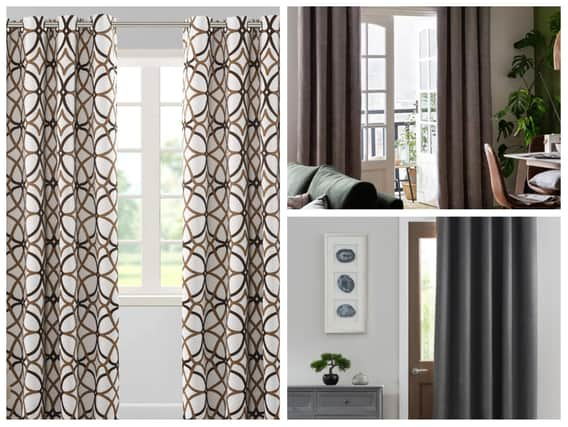

This article contains affiliate links. We may earn a small commission on items purchased through this article, but that does not affect our editorial judgement.
With temperatures on their way down while the price of heating climbs, any cost effective way of keeping warmth locked into your house is to be welcomed. One option worth considering is using thermal curtains, designed to reduce draughts from your window that would otherwise cool the temperature of your room.
How do thermal curtains work?
Thermal curtains are constructed from multiple layers of material. The material that faces in towards the room is designed to look good, showing off a single colour or pattern, and is made from the kind of fabrics you would find in regular curtains, with polyester often preferred for its thermal properties. Behind this decorative fabric you will either get an additional lining or, in many cases, two or even three more layers.
For the most effective curtinas, a middle layer will be constructed from thermally insulated material such as foam, felt or flannel. The layer that faces the window not only adds extra insulation, but it also helps to protect the curtains from sunlight. If this sounds like your choices are restricted to expensive heavy curtains, then some manage to weave the three layers together, making thinner options that are often lower in price.
Together, these layers effectively seal the area between the curtains and the window, preventing a transfer of heat and increasing thermal resistance (referred to as ‘R-value’). With warmth less likely to escape from the room, and cold draughts from the windows kept at bay, your home’s energy efficiency can be greatly improved.
Thermal curtains are not to be confused with blackout curtains, which are designed to block out light. However, if you crave darkness and extra insulation around your windows, then you’ll find that plenty of thermal curtains provide both.
Best thermal curtains at a glance
- Best for value: Sleepdown Linen Look Eyelet Blackout Lined Thermal Curtains
- Best for kids’ rooms: Deconovo Silver Star Foil Printed Thermal Insulated Blackout Curtains
- Best pencil pleat curtains: John Lewis Textured Weave Recycled Polyester Blackout Lined Pencil Pleat Curtains
- Best blackout curtains: Isla Thermal Blackout Ultra Midnight Blue Eyelet Curtains
- Best for funky designs: H.VERSAILTEX Thermal Insulated Blackout Grommet Curtain Drapes for Living Room
- Best for cotton curtains: Ebern Designs Boler Leaf Pencil Pleat Room Darkening Thermal Curtains
- Best for feel: Habitat Plain Chenille Blackout Lined Thermal Curtain
- Best for thermal lining: Dunelm Pencil Pleat Thermal Curtain Linings
How do you install thermal curtains?
To create the best seal for your curtains, you need to minimise the distance between the curtains and the surrounding wall at the top, bottom and both sides. Put them up as close to the window frame as possible and make sure they hang to a length between the windowsill and floor.
Once hung, you can create an even tighter seal by fixing the edges of the curtains to the window frames or walls. This needs to be done with something that you can quickly and easily open and refasten, such as velcro, curtain hooks or magnetic strips. The addition of a window cornice (a hard structured frame that sits over the top of the curtains) or a valance (a fabric alternative) will add further insulation.
How do you maximise the efficiency of thermal curtains?
If you want to lock heat into a room, you first need to heat to enter the room. Keep the curtains open during the sunnier parts of the day – south or west facing windows will benefit the most from the warmth of the sun – and close them when the temperatures begin to drop.
Besides taking advantage of the sun, opening them during the day will also help to prevent dampness caused by condensation (although an effective lining should also reduce this). In summer, you can keep the curtains closed during the hottest part of the day, allowing the air to remain cooler in the house.
To give you some idea of the types of thermally insulated curtains available we’ve compiled this list of eight popular choices, explaining in each instance how each one is designed for thermal efficiency.
Close the windows, draw the curtains and cosy up for our top recommendations…
How else can I keep my environment warm, cosy, and healthy?
There are other ways to keep your house warm and the air in it clear and healthy this winter.
For even more winter warmers for your home, check out our guides to the best electric heaters, the top weighted blankets, the best winter duvets for your bed, and also our advice for how to stay warm without having the heating on all day.
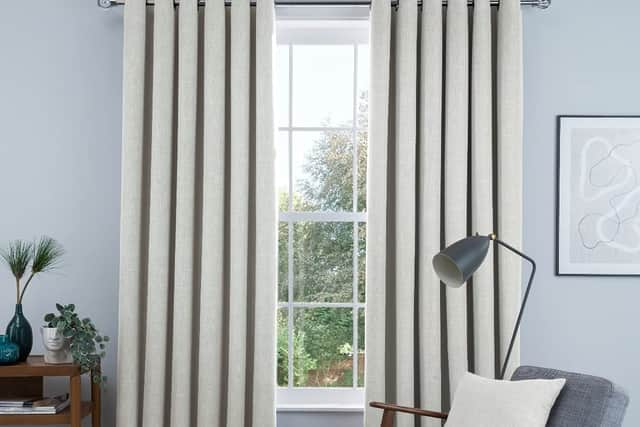

Pros: Decent quality for the price
Cons: Creases take a while to drop out
These cream bedroom and living room curtains are made from the thermally popular polyester but have a woven linen look that makes them appear more natural. The manufacturers boast of ‘triple weave technology’ and an ‘Eco film’ that does a good job of blocking out light (despite their light colour) and protects against UV, besides providing that much sought after thermal insulation.
They’re a little thicker than other curtains in their price range and certainly have a look of quality, although you may hear the occasional grumble of creases taking a while to drop out. A good value choice that should suit most rooms.
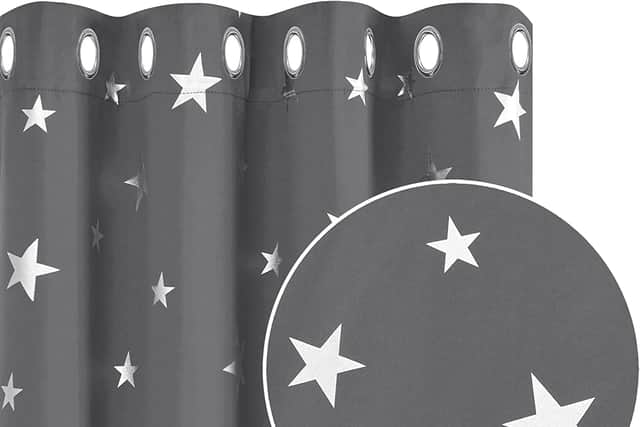

Pros: Silver foil printed stars provide a nighttime theme
Cons: Lets in some daylight
Get the kids ready for bed by adding some extra snuggly warmth and darkness by installing thermally insulated blackout curtains. Deconovo’s triple weave technology uses high density black yarn between two layers of fabric – although for these curtains you won’t achieve 100% blackout during daylight.
This design has inward facing fabric printed with silver foil stars, which should induce a little extra night-time sleepiness as you tuck the kids into bed.
We think the theme works best with the dark grey and black fabrics, but if your kids insist on something more colourful then there are plenty of green, blue and pink alternatives to choose from.
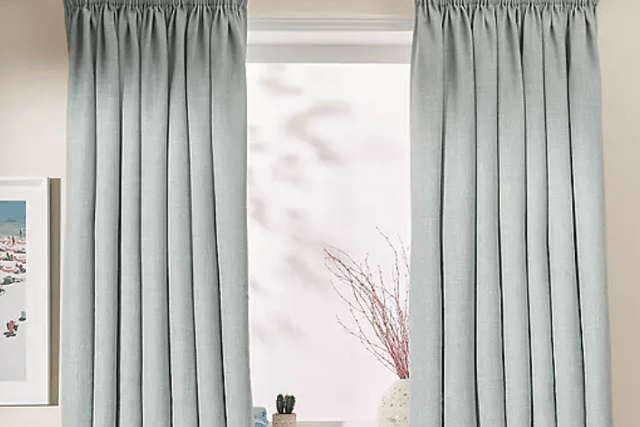

Pros: Stylish look from recycled polyester
Cons: Just two layers of fabric
These pencil pleat curtains are made from recycled polyester and are dispatched in recycled packaging, so you can feel a little better about insulating your room with unnatural materials.
At the top you’ll find three hook positions which give you hanging flexibility – go high if you want the curtains to hang beneath a pole, or low if you want to cover a track (hooks are not provided).
They’re fitted with a blackout lining which, while not affording the full range of benefits some triple layer curtains provide, significantly improves the thermal insulation of your room.
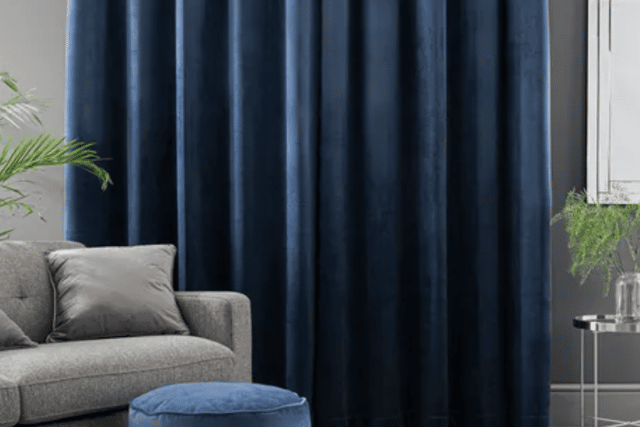

Pros: Three layers of blackout coating
Cons: Can get quite creased
It’s often the case that the extra layers added to thermal curtains help restrict light coming into a room, but for a total blackout you’ll need proper blackout curtains.
They’re made of thick polyester with a velvety finish (which can get a bit creased) and have three layers of blackout coating which, it is claimed, also has thermal properties.
They come with a further blackout lined panel that folds down behind the curtain pole to prevent light and draughts sneaking in through the eyelets.
Hang them so the edges of your windows are sealed and you’ll be rewarded with darker (and warmer) days and nights.
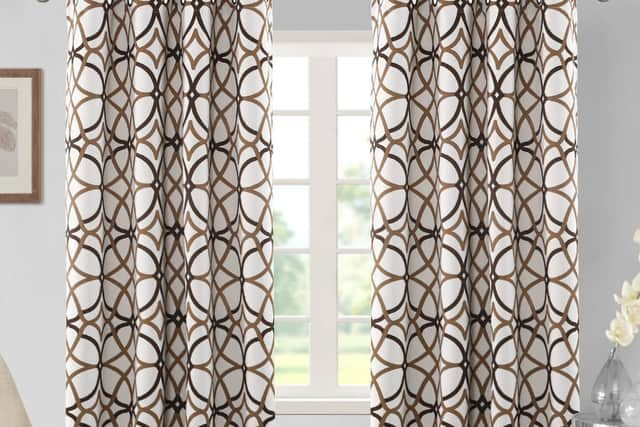

Pros: Funky design on a triple layer fabric
Cons: Not as thick or heavy as some thermal curtains
